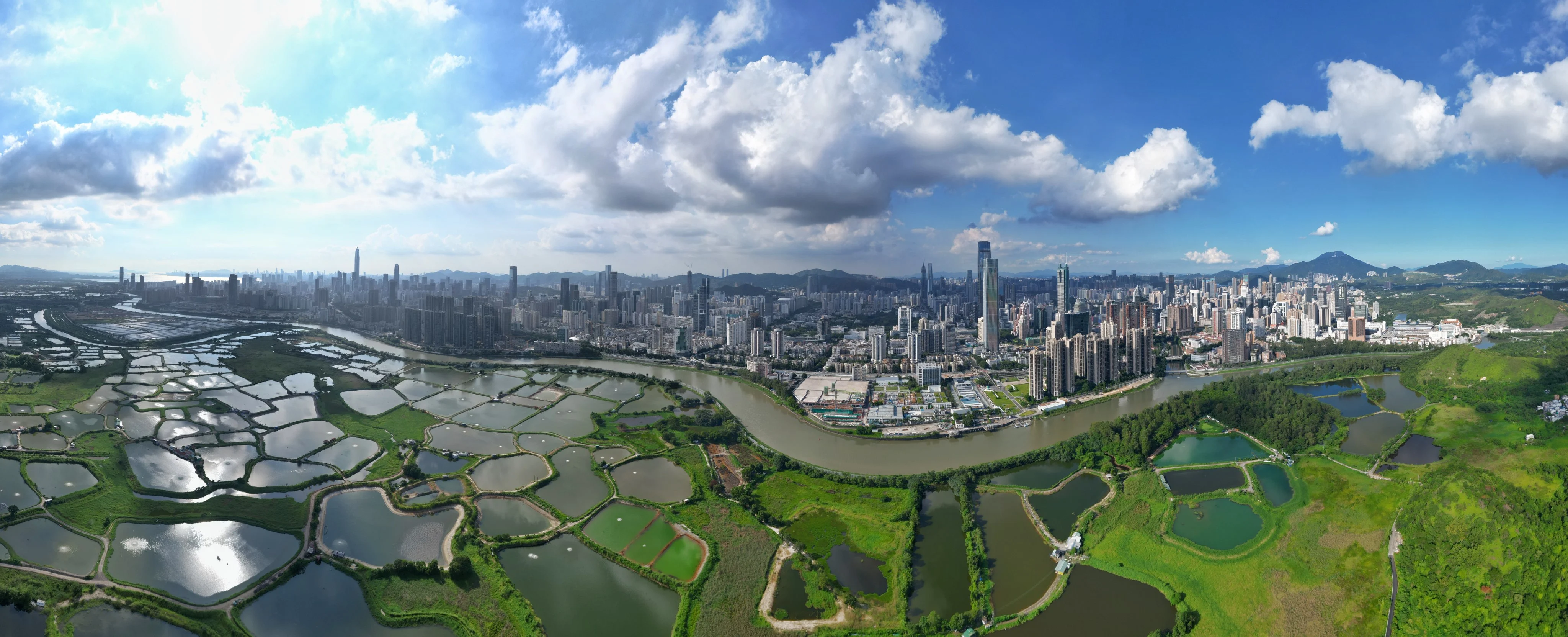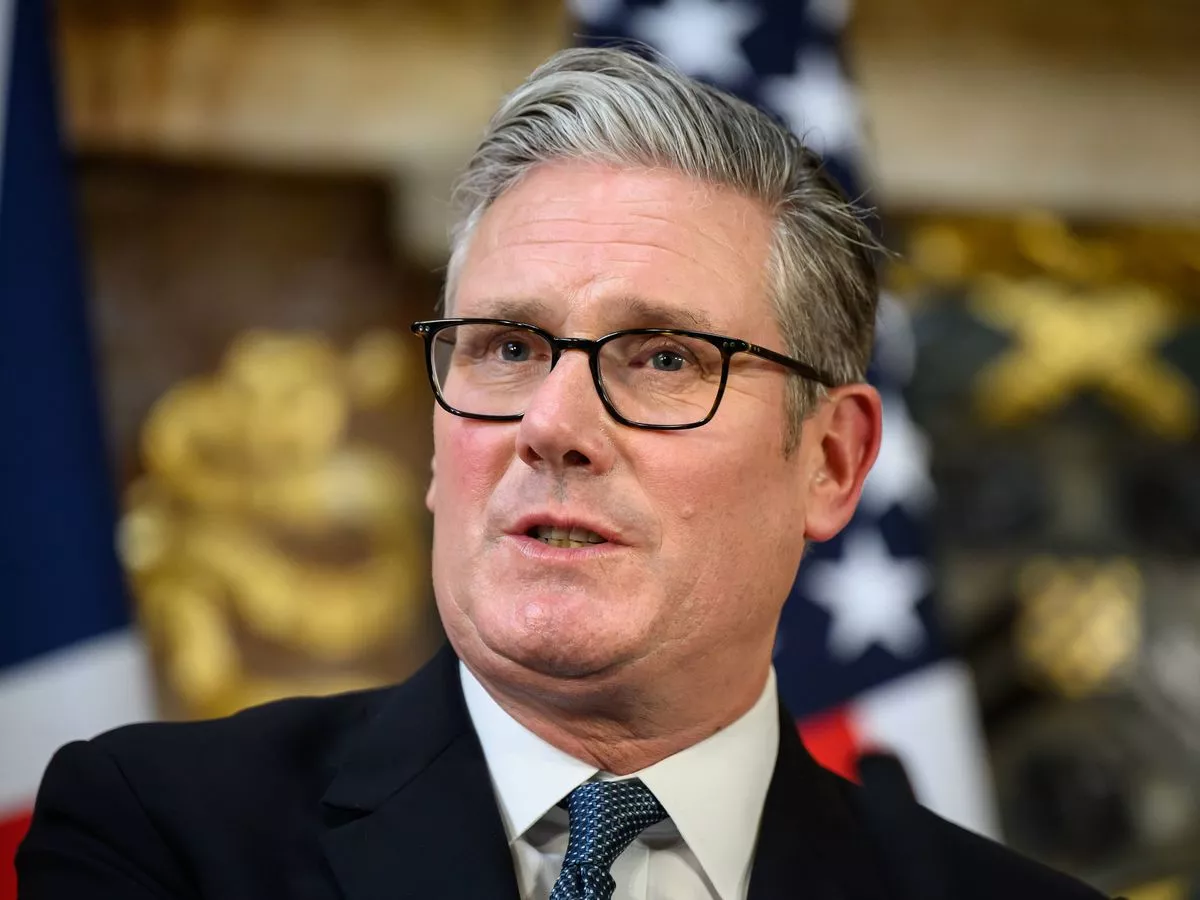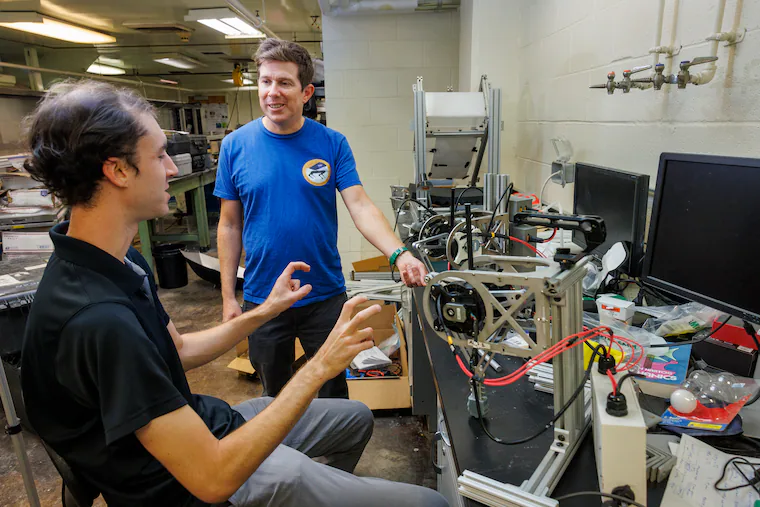By Tim Cheng
Copyright scmp

Hong Kong stands at a pivotal juncture. The opportunities presented by the Greater Bay Area are immense, and the city’s Northern Metropolis is the strategic gateway to realising this potential.
As boldly envisioned in Chief Executive John Lee Ka-chiu’s policy address, this project is more than a property development; it is the cornerstone of Hong Kong’s transformation into an international innovation and education hub, critical to fulfilling our role in national strategies.
To succeed, we must look beyond our borders for a proven blueprint. One of the most compelling models comes from the sun-drenched hills of California: Silicon Valley. Its government-seeded, university and industry co-driven ecosystem is the precise formula the Northern Metropolis should adopt and adapt to its context.
Silicon Valley’s success is widely attributed to early US government planning aimed at building a powerful university-industry symbiosis through substantial investment in innovation and technology from the 1950s to the 1980s. For instance, the National Science Foundation was established in 1950 to promote and fund fundamental scientific research, primarily at universities, whereas the Defence Advanced Research Projects Agency (DARPA), which traces its roots to 1958, invests in high-risk, high-reward research.
Then there is the pivotal 1980 Bayh-Dole Act. It allowed universities, small businesses and non-profit organisations to retain ownership of inventions they made under federal funding, incentivising them to patent and license these technologies to industry.
A supportive policy environment, combined with the proactive role of Stanford University, technological breakthroughs and the emergence of an entrepreneurial ecosystem, led to Silicon Valley’s rise. Its genesis was driven by the semiconductor industry, sparked by the convergence of visionary companies like Hewlett-Packard, Shockley Semiconductor Laboratory and Fairchild Semiconductor with world-class institutions such as Stanford.
So, how does this translate to the planning of the Northern Metropolis?
First, the government must act as a strategic conductor. The policy address rightly commits to developing the Northern Metropolis, and a key role for the government is to orchestrate a deeper symbiosis between Hong Kong’s academic and research institutions, and its enterprises, start-ups and innovators.
This involves deploying targeted research and development funding in specific, future-focused areas where Hong Kong has a comparative advantage, such as artificial intelligence (AI), advanced materials, life sciences and microelectronics.
The government can facilitate this partnership by establishing secure data-sharing frameworks that allow for the efficient and compliant flow of data from the mainland to Hong Kong, thereby supercharging local research and development. This strategic support, combined with regulatory sandboxes to safely test new applications, will bridge the gap between laboratory research and commercial application, de-risking innovation and solidifying the Northern Metropolis as a core tech hub in the Greater Bay Area.
Second, universities must be the beating heart of the endeavour. This is where the “education city” concept becomes vital. The clustering of world-class universities and research institutes in the Northern Metropolis will be our single greatest advantage. But to replicate the magic of Silicon Valley, they must be empowered to become more than just centres of learning; they must become the nurturing soil for innovation and the central connector in a new entrepreneurial pipeline.
This requires a cultural shift: incentivising not just publication, but also patenting and spin-offs. We must create flexible pathways for faculty staff and students – such as allowing phased participation in start-up projects – and encourage successful entrepreneurs to return as mentors.
As we look to Silicon Valley for inspiration, proof of concept is already thriving here. At the Hong Kong University of Science and Technology (HKUST), we have spent years cultivating a culture of innovation and building the infrastructure to support it. Our approach mirrors the Stanford model in its focus on transforming research into real-world impact.
This has nurtured a generation of industry leaders through a robust support system that includes four established incubators in the Greater Bay Area: the InnoBay@CWB in Hong Kong, the Blue Bay Incubator in Shenzhen, the Guangdong-Hong Kong-Macau (International) Youth Entrepreneur Hub in Guangzhou, and the HKUST Foshan Centre for Technology Transfer and Commercialisation.
Third, the ecosystem must be cultivated for organic growth. The market cannot be commanded, but it can be cultivated. The government and universities must actively nurture the soft infrastructure: venture capital firms, intellectual property lawyers, prototype workshops and affordable co-working spaces.
Planning must prioritise liveability – creating vibrant communities with quality housing, international schools and cultural amenities that make global talent want to put down roots, not just pass through. This ecosystem will seamlessly merge Shenzhen’s manufacturing might with Hong Kong’s financial and professional services, creating a complete value chain.
The Northern Metropolis is Hong Kong’s moon shot project. By learning from Silicon Valley’s example – using government guidance to set the stage, unleashing our world-class universities to star in the show and meticulously cultivating a market ecosystem to support them – we can build more than just a new town.
We can build Hong Kong’s new economic engine, securing our relevance and prosperity for generations to come. The policy address has set the vision; now we must execute the plan with the wisdom of the world’s best examples.



